8 Tips for Tackling Documentary Photography
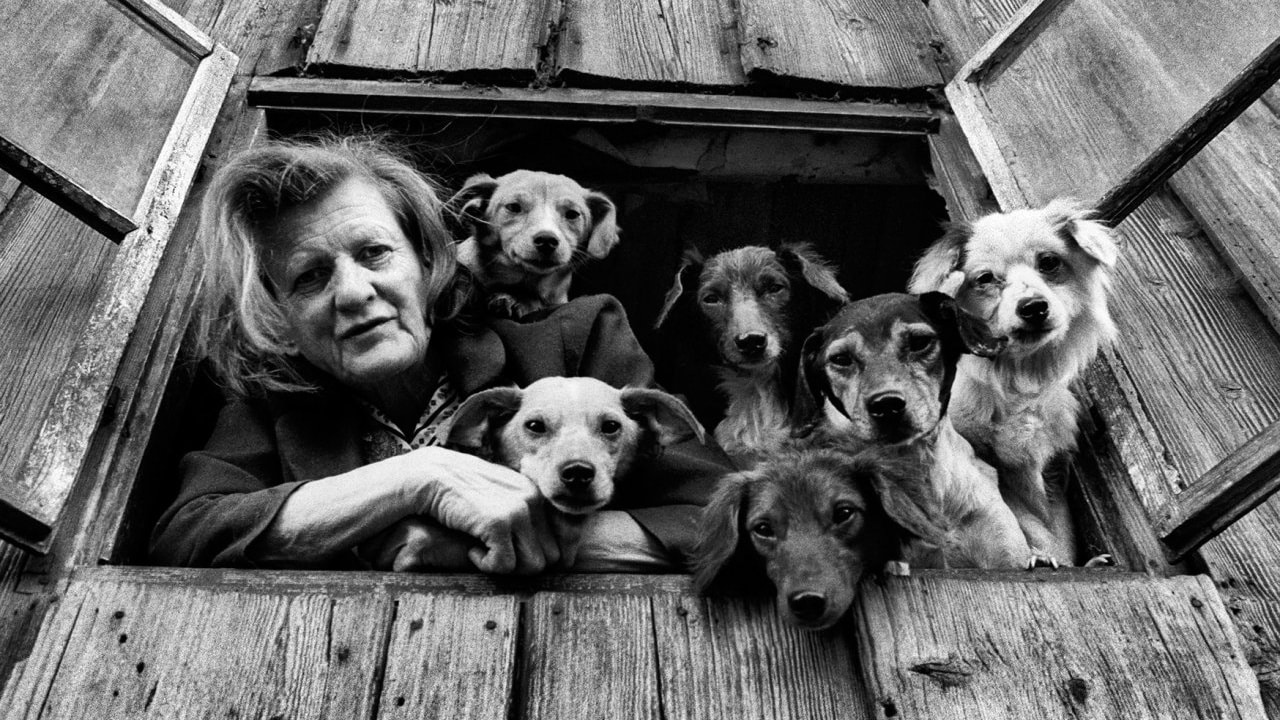
Few photographic genres are plagued by as many misunderstandings as documentary photography. We photographers have come to classify every shot that isn’t prearranged into this genre. It’s most often confused with reportage. And meanwhile the two are easy to tell apart! Reportage is usually a short-term record of some event. While documentary work is always long-term. Its results never arrive immediately, and building up a gripping series can even take years.
Documentary work’s long-term nature is precisely what turns many photographers away from this genre. In our era that drives so many photographers to drown social networks in pics, it’s not easy to build up a project that may only net you 15–20 photos after many years. But you’ll be rewarded with the joy of a story that can be very personal and truly in-depth.
Stick to What You Know
For this genre, choose your topic very carefully. Don’t forget: it will be there with you for a really long time. Brief enthusiasm won’t be enough. If you’ll be documenting people, make sure they’re basically on the same wavelength and that you can empathize with their fates. Remember that the best topics are often the ones right around you.
The ideal situation is one where you’re close to a specific group of people, community, or minority. That gives you easier access to their world—and their trust. Sometimes you may find a topic doesn’t sit with you, you lose interest in it, or you find it doesn’t have potential. In these situations, don’t be afraid to drop that topic and seek another.
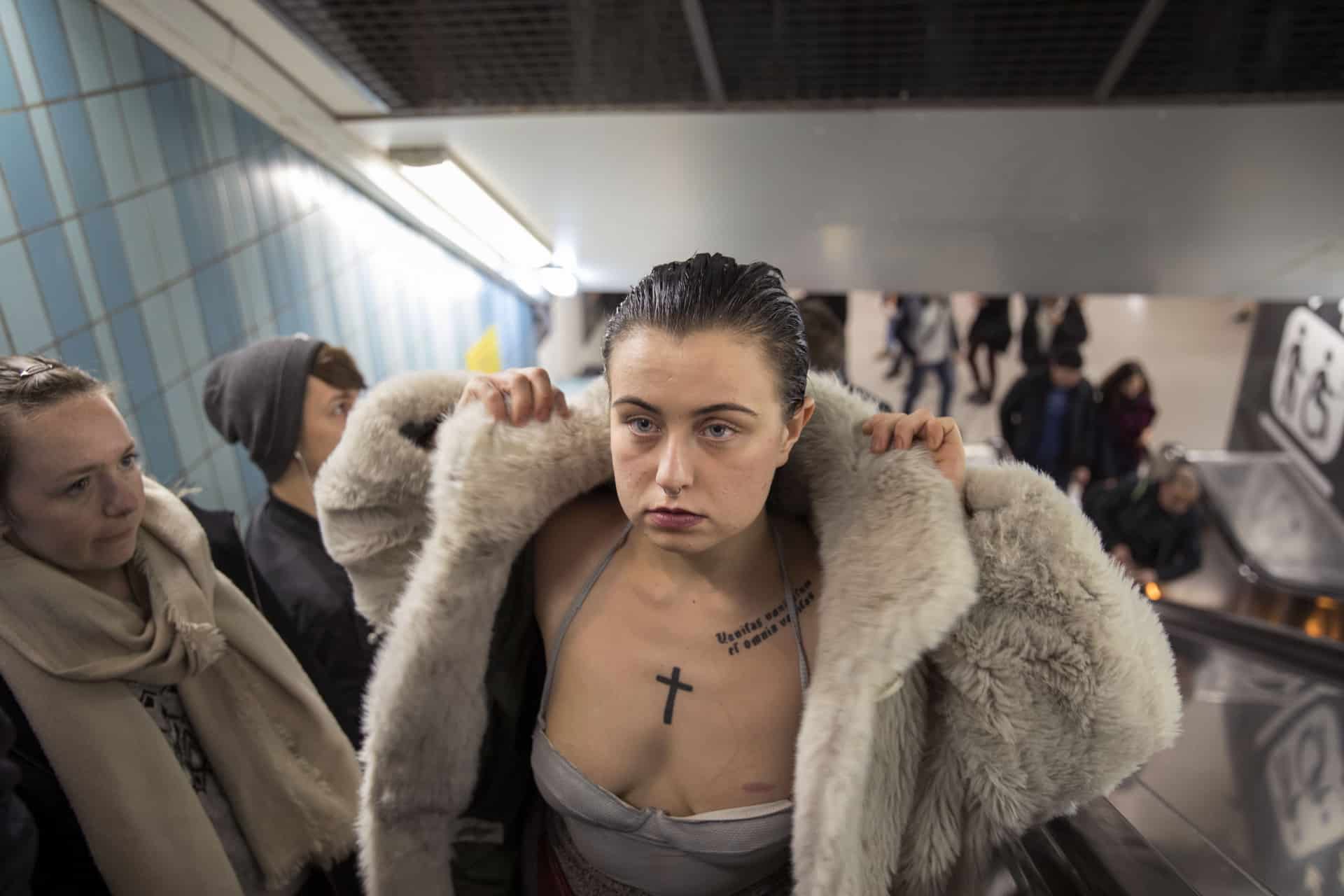
Narrow Down the Selection
The narrower your topic’s scope, the deeper into it you can dive. You don’t have to document a whole community. Feel free to focus on a handful of people, or even just one, and grasp your topic as they see it.
And by working with fewer people, you can also establish a deeper relationship. If you’d like to document one country’s culture, try narrowing that down to a region, village, city, or neighborhood.
Have Empathy and Be Patient
We’ve already mentioned that documentaries take time. Your goal isn’t to wait for shots with perfect composition and technique. It’s to break into the topic you’re photographing. When creating his famous photoessay “Gypsies,” Josef Koudelka spent a great deal of time with his subjects. He visited them repeatedly, stayed in their homes, forged friendships with them. And this is precisely what let him create such powerful pictures.
Besides time, you’ll also need a dash of empathy. Your work should break through into the intimate life of your subjects. It should reflect not only what they do, but also their inner motives and their reasons for choosing their path in life. When you get very close to someone, that should also key you in on when it’s a good time to photograph them and when it’s better to leave your camera in your pocket.

Go Beyond the Superficial
Don’t skim the surface. Be curious and communicate with the people you’re photographing. (Books related to your topic will come in handy too.) What you discover doesn’t have to show through in your pictures explicitly. Work with hints and let your viewer reveal your intent on their own.
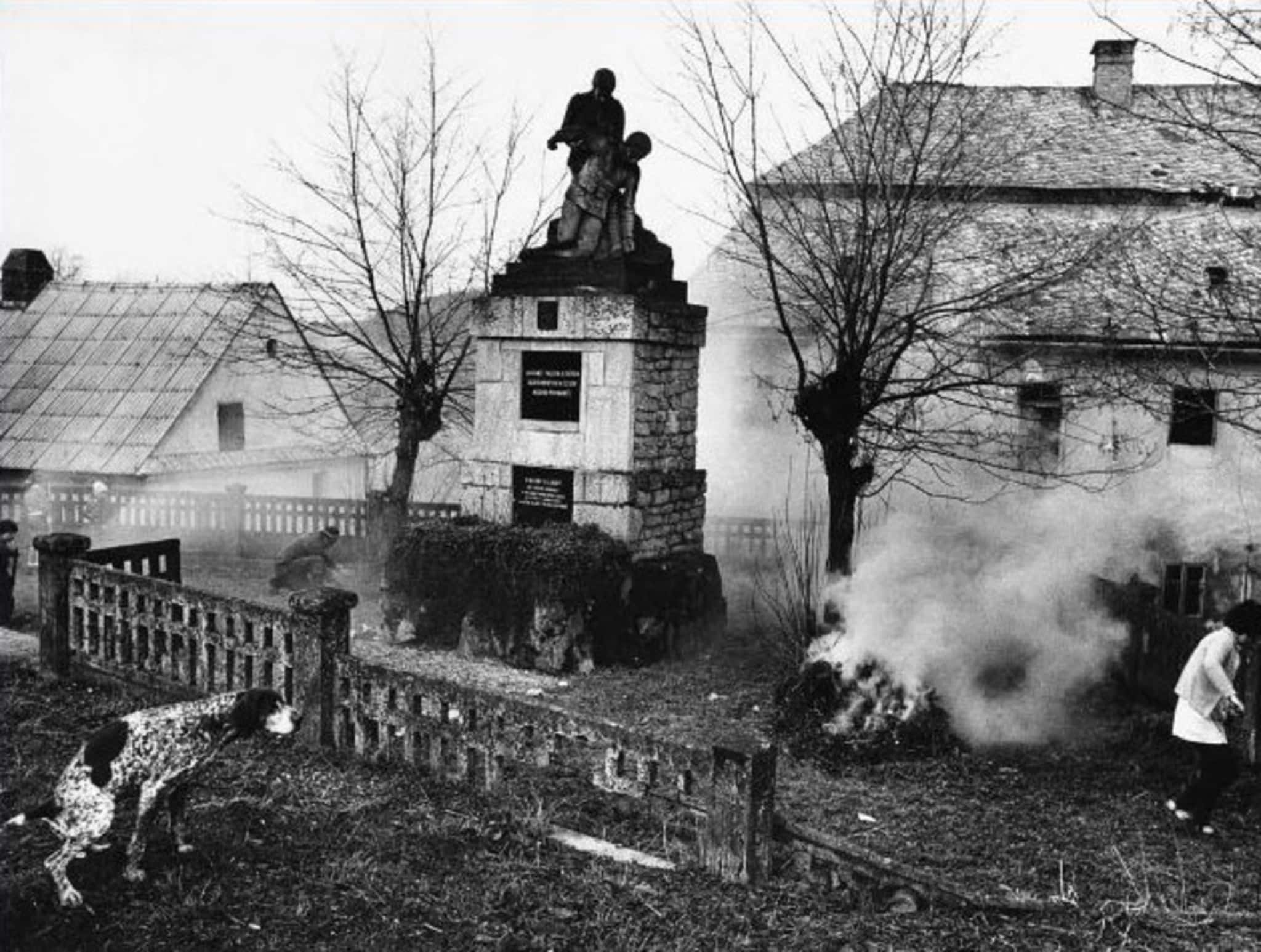
Get Close Enough
Forget about long lenses. “Snagging” the right moments from a distance won’t cut it. The famous war photographer Robert Capa once said: “If your pictures aren’t good enough, you aren’t close enough.” A documentary photographer is often no longer just an impartial observer; they’re a listener and a friend. Become part of the story.
Documentarians often use a 35mm lens—or sometimes even wider. Many photographers work solely with this one fixed length. That way, not only are you close enough, your viewer feels they’ve been drawn into the events.
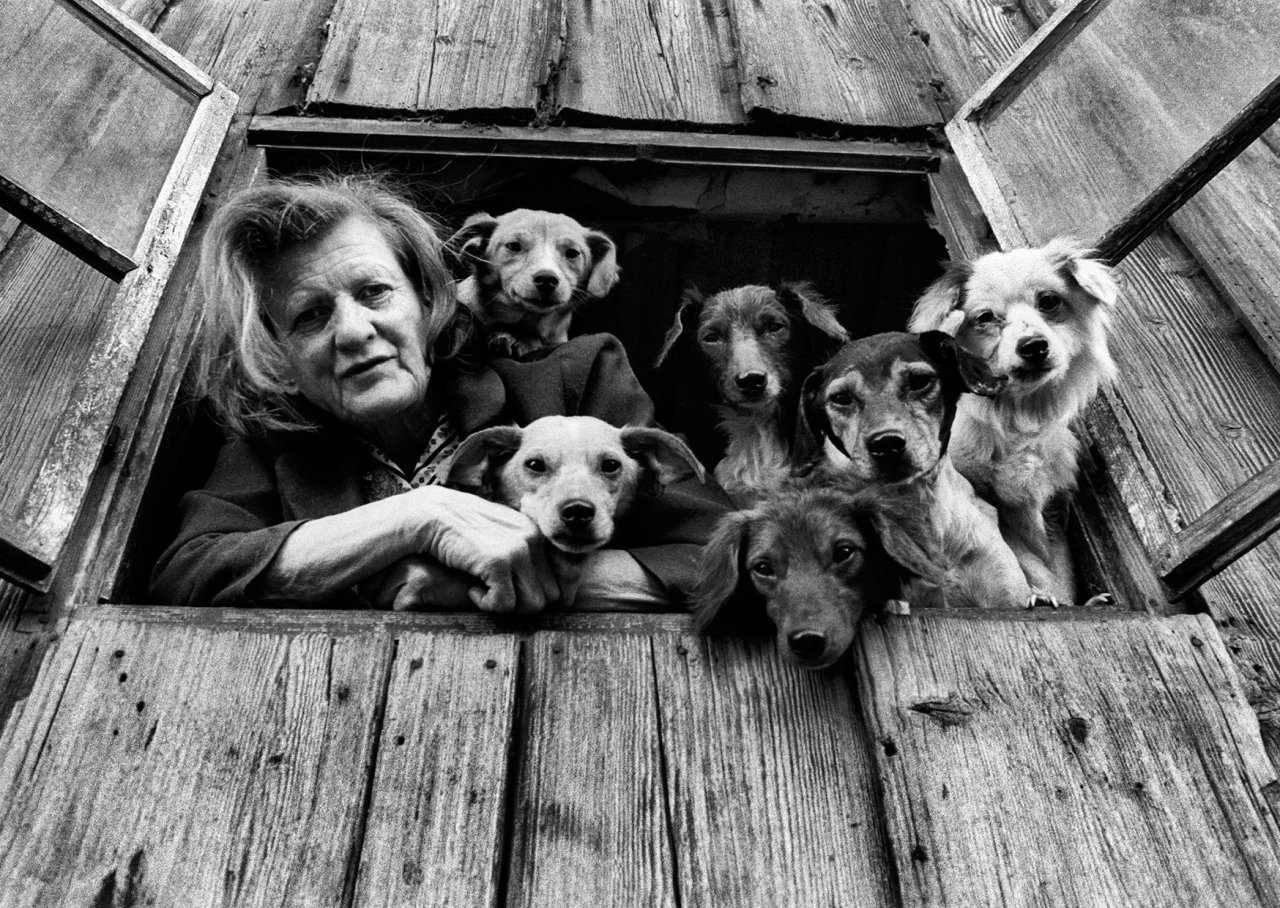
Content First
In this genre, neither lens quality nor consistent sharpness play all that strong of a role. A picture’s events are much more important. What you want it to tell. Leafing through the Magnum archives, you’ll find a number of blurry, noisy, overexposed or otherwise technically flawed pictures that defy all the classic rules. And yet they’re masterworks.
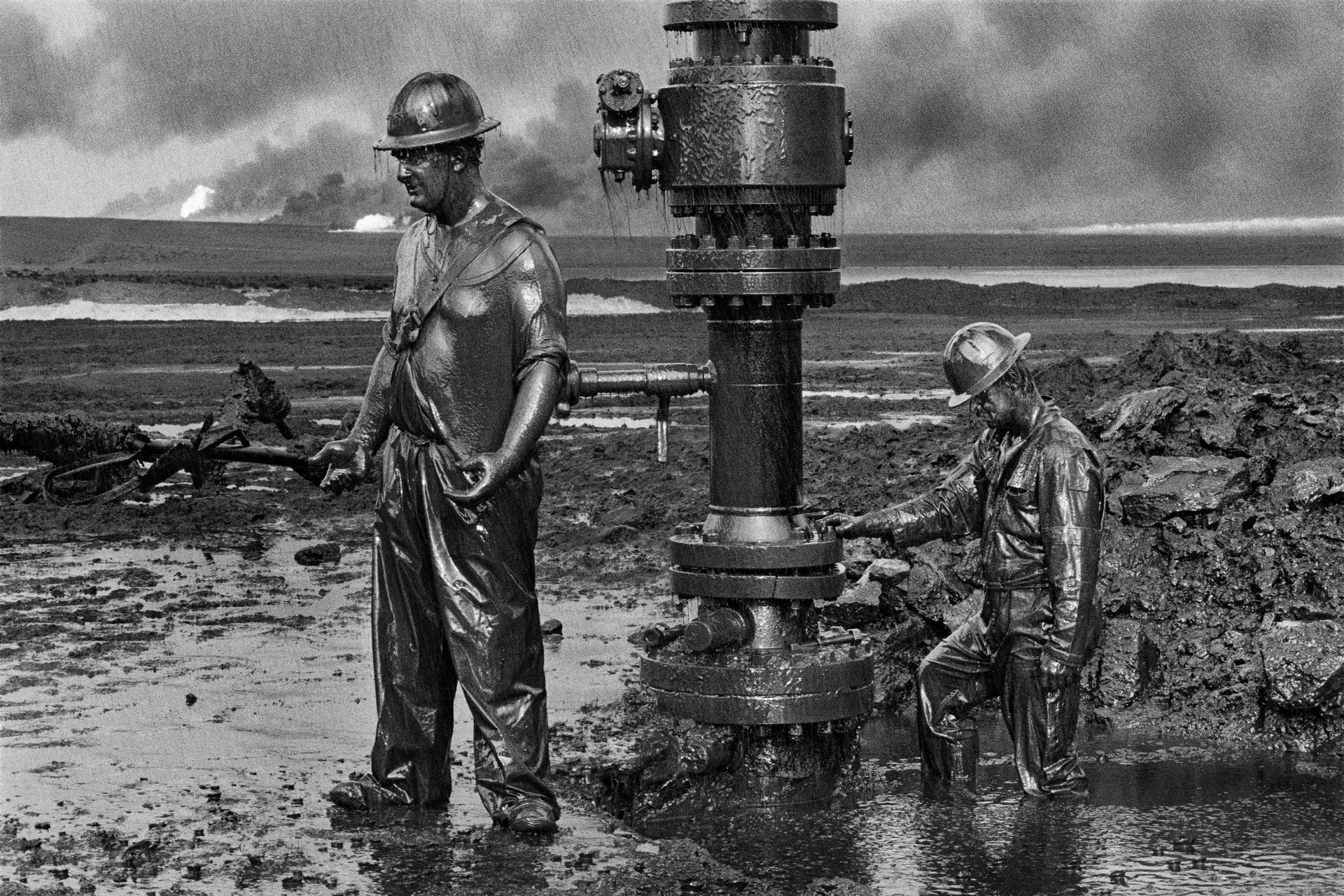
Make It a Series!
Don’t try to express everything in just one photo. Think about your project as a series right from the start. Think of the beginning where you’re immersing viewers in the plot, how the photos after that link into each other visually and in their content, and of the whole series’ logical conclusion.
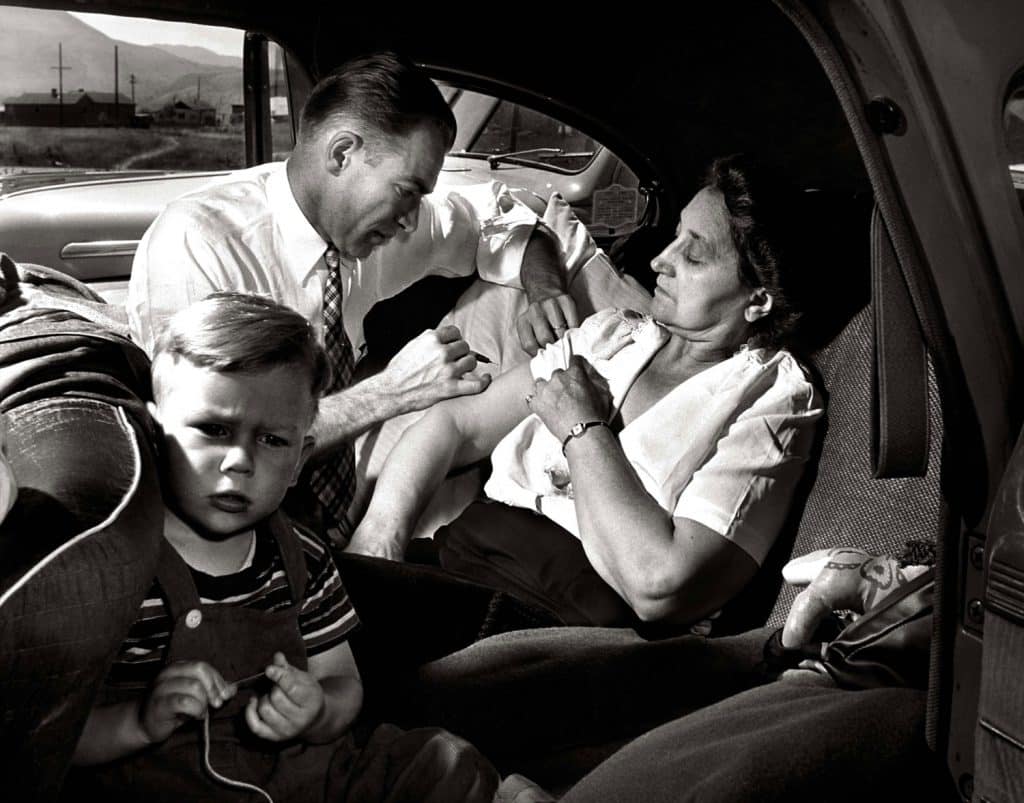
Get Inspired
Documentary photography has a long and rich tradition worldwide, and you don’t have to go far for inspiration. One ideal source is the rich online archive of the Magnum agency.


There are no comments yet.